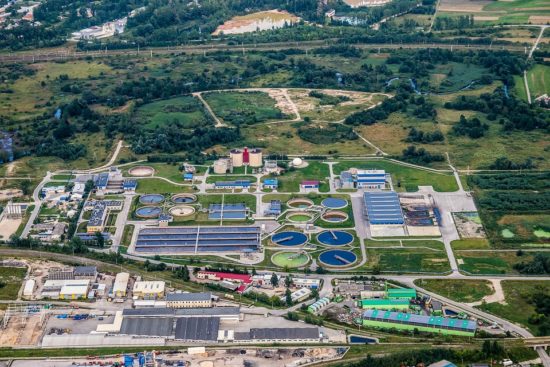Evidence for selection of multi-resistant E. coli by hospital effluent
There is a risk that residues of antibiotics and other antimicrobials in hospital and municipal wastewaters could select for resistant bacteria. Still, direct experimental evidence for selection is lacking. Here, we investigated if effluent from a large Swedish hospital, as well as influent and effluent from the connected municipal wastewater treatment plant (WWTP) select for antibiotic resistant Escherichia coli in three controlled experimental setups. Exposure of sterile-filtered hospital effluent to a planktonic mix of 149 different E. coli wastewater isolates showed a strong selection of multi-resistant strains. Accordingly, exposure to a complex wastewater community selected for strains resistant to several antibiotic classes. Exposing individual strains with variable resistance patterns revealed a rapid bactericidal effect of hospital effluent on susceptible, but not multi-resistant E. coli. No selection was observed after exposure to WWTP effluent, while exposure to WWTP influent indicated a small selective effect for ceftazidime and cefadroxil resistant strains, and only in the E. coli mix assay. An analysis of commonly used antibiotics and non-antibiotic pharmaceuticals in combination with growth and resistance pattern of individual E. coli isolates suggested a possible contribution of ciprofloxacin and β-lactams to the selection by hospital effluent.
AMR NEWS
Your Biweekly Source for Global AMR Insights!
Stay informed with the essential newsletter that brings together all the latest One Health news on antimicrobial resistance. Delivered straight to your inbox every two weeks, AMR NEWS provides a curated selection of international insights, key publications, and the latest updates in the fight against AMR.
Don’t miss out on staying ahead in the global AMR movement—subscribe now!







